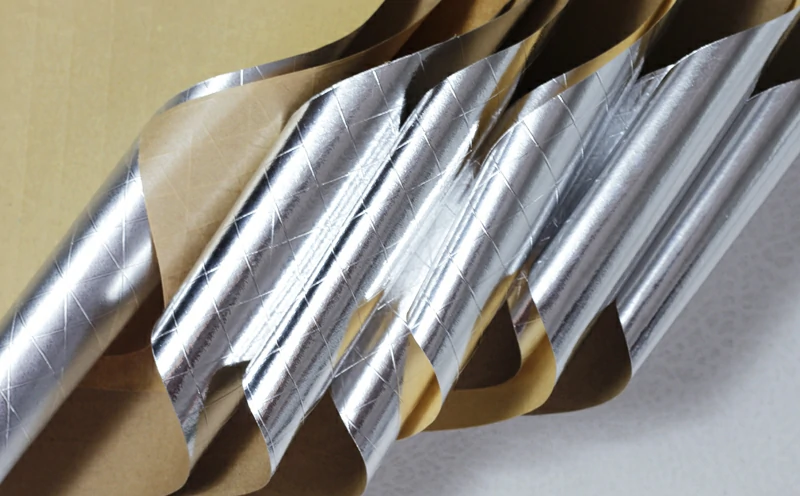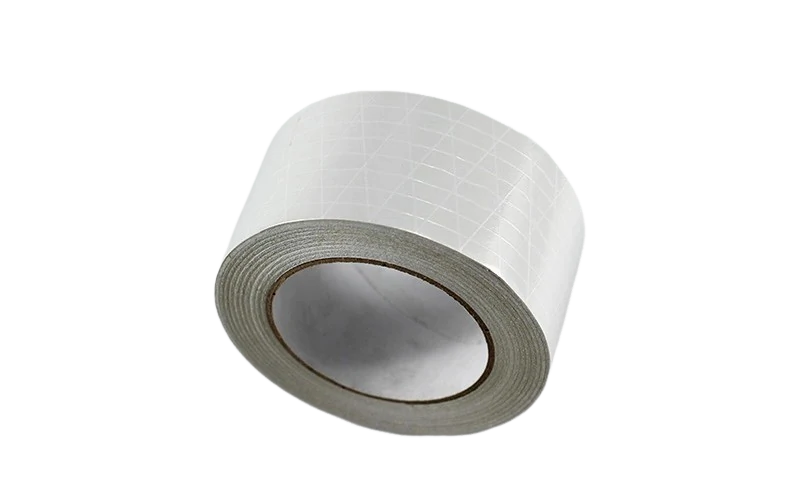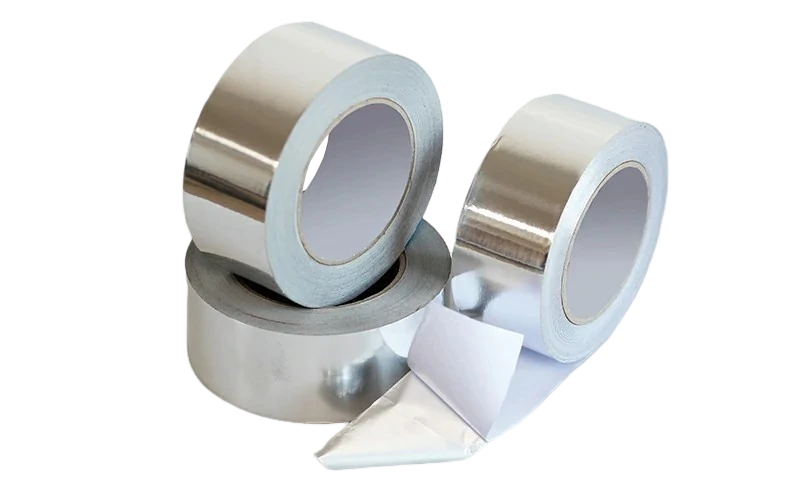Aluminum Foil Radiant Barriers are materials used to reduce heat transfer through radiation. They are typically made of a reflective aluminum foil material, which is designed to block heat that is transferred by radiation, particularly in building construction and insulation systems.
How They Work:
Radiant barriers primarily function by reflecting heat that is radiated from the sun or from internal sources (like machinery or appliances). For example:
In an attic: A radiant barrier is installed under the roof deck. When sunlight hits the roof, the radiant barrier reflects the heat away from the attic, keeping the interior of the house cooler.
In walls or floors: Reflective barriers can help in reducing the amount of heat entering or leaving the building, enhancing comfort and reducing the load on air conditioning systems.
FSK (Foil-Scrim-Kraft) and Aluminum Foil Glass Cloth are both commonly used materials in Aluminum Foil Radiant Barriers, and they offer specific benefits in terms of durability, reflectivity, and insulation properties.
FSK (Foil-Scrim-Kraft):
FSK is a laminated material made of aluminum foil, scrim, and kraft .
Features of FSK:
Reflective Properties: The aluminum foil layer in FSK reflects radiant heat away from the surface, making it an excellent choice for radiant barriers.
Durability: The scrim (reinforcing layer) increases the strength and tear resistance of the material, making it more durable than a single-layer aluminum foil barrier.
Moisture Resistance: The kraft paper layer provides some moisture resistance, helping prevent the buildup of condensation, which can lead to mold or mildew in spaces like attics.
Ease of Handling: FSK is easier to work with compared to single-layer foil barriers because of the strength and flexibility added by the scrim and kraft paper layers.
Common Uses of FSK in Radiant Barriers:
Attic Insulation: FSK radiant barriers are often used in attics, where their reflective properties help keep the home cooler by reflecting heat away from the space.
HVAC Duct Insulation: The combination of foil, scrim, and kraft makes FSK a great material for wrapping ducts to reduce heat loss or gain.
Commercial and Residential Building Insulation: FSK is also used in commercial buildings for walls, ceilings, and roofs, where it can help with both heat reflection and insulation.
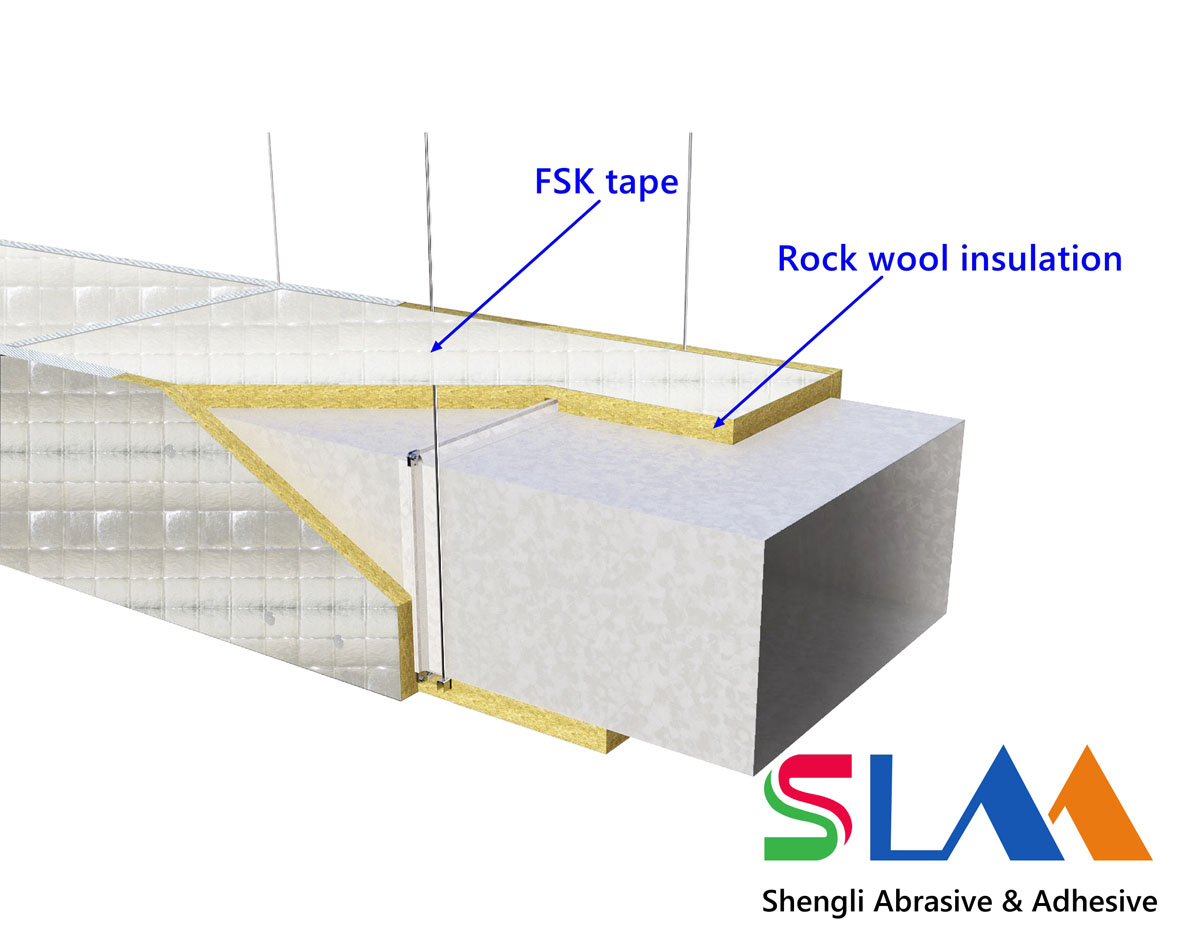
Aluminum Foil Glass Cloth:
Aluminum foil glass cloth is also a laminated material made of aluminum foil, and fiberglass cloth.
Benefits:
High Reflectivity: The aluminum foil provides excellent radiant heat reflection.
Strength and Flexibility: The scrim and kraft paper layers ensure the material is tear-resistant and easy to install.
Cost-Effective: FSK is often more affordable compared to other multi-layer insulation materials.
Features of Aluminum Foil Glass Cloth:
Reflectivity and Heat Resistance: Like other aluminum foil barriers, aluminum foil glass cloth barriers are designed to reflect radiant heat away from the building. The glass cloth adds an additional layer of heat resistance, making this type of barrier ideal for areas exposed to extreme temperatures.
Strength and Durability: The glass cloth material is strong, durable, and resistant to tearing or puncturing, even under high-stress conditions.
Lightweight: Despite the added strength of the glass cloth, this material remains lightweight and easy to install.
Moisture Resistance: The glass cloth is inherently resistant to moisture, preventing issues like mildew or mold growth.
Common Uses of Aluminum Foil Glass Cloth in Radiant Barriers:
High-Temperature Areas: Aluminum foil glass cloth is ideal for applications that experience high temperatures, such as in industrial settings or areas exposed to significant radiant heat.
Automotive Insulation: In automotive applications, this material is used for heat shields and undercarriage protection from heat sources like exhaust systems.
Building Insulation: Similar to FSK, aluminum foil glass cloth is used in residential and commercial construction to improve energy efficiency by reducing heat transfer through roofs, walls, and floors.
Benefits:
Enhanced Durability: The glass cloth gives the radiant barrier added strength, making it ideal for areas prone to wear and tear.
Higher Heat Resistance: Glass cloth can withstand higher temperatures, which is useful in situations where there is direct exposure to high heat sources.
Moisture and Corrosion Resistance: The glass fibers resist moisture, corrosion, and degradation, increasing the longevity of the radiant barrier.
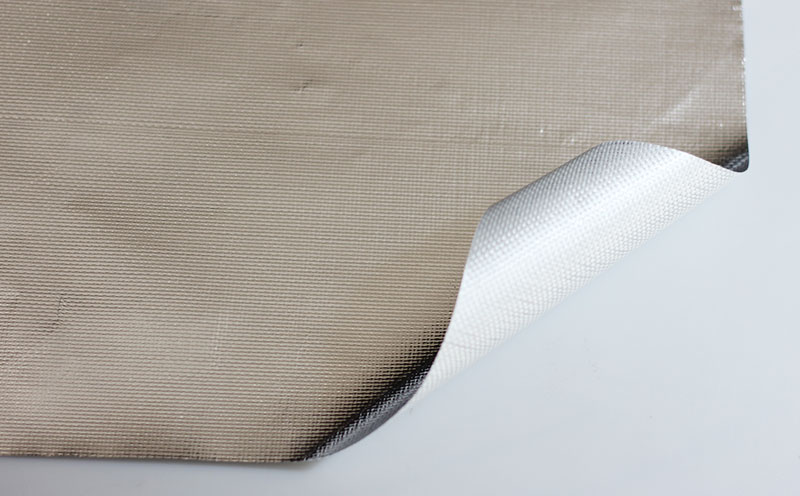
Both FSK and Aluminum Foil Glass Cloth provide excellent reflective properties for radiant barriers, but they differ in terms of strength, heat resistance, and moisture control.
FSK is more commonly used in residential and commercial buildings for general heat reflection and insulation, offering a good balance between cost, durability, and ease of installation.
Aluminum Foil Glass Cloth is a superior choice for areas exposed to high temperatures or environments where additional durability and moisture resistance are needed, such as in automotive or industrial applications.

